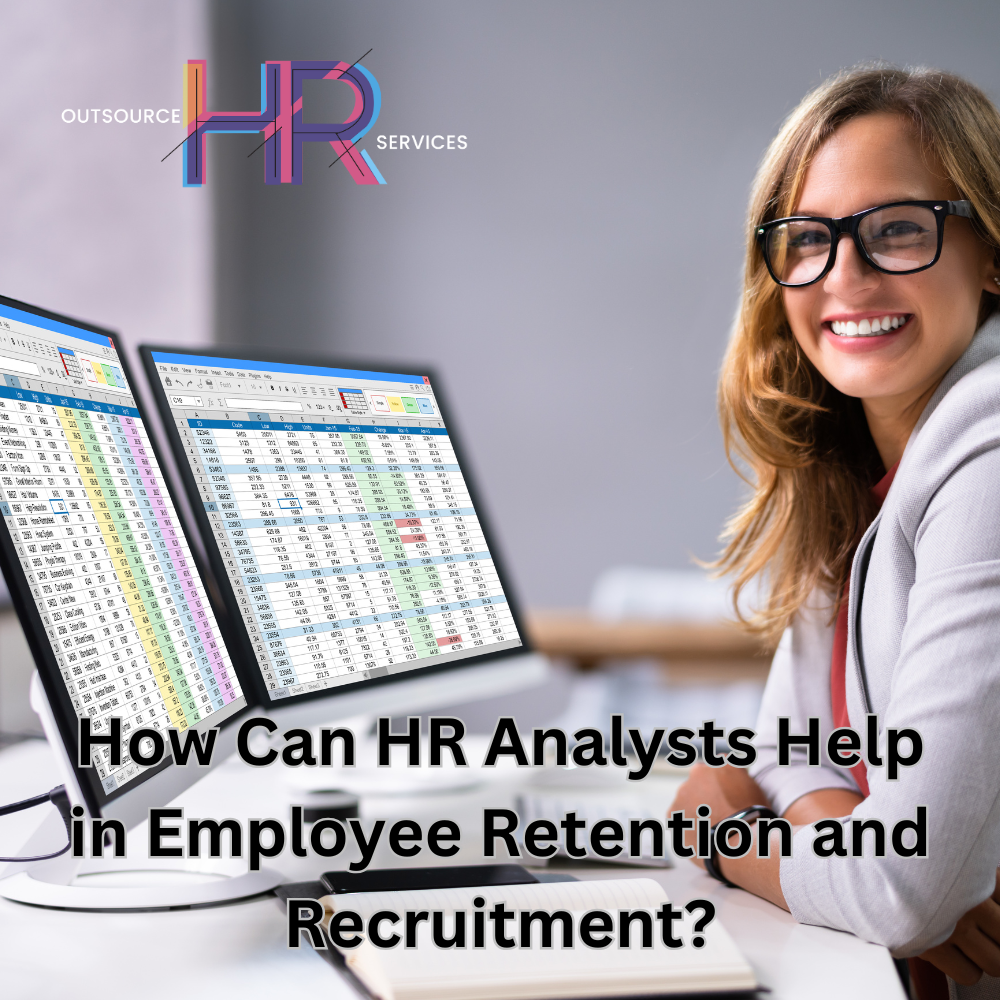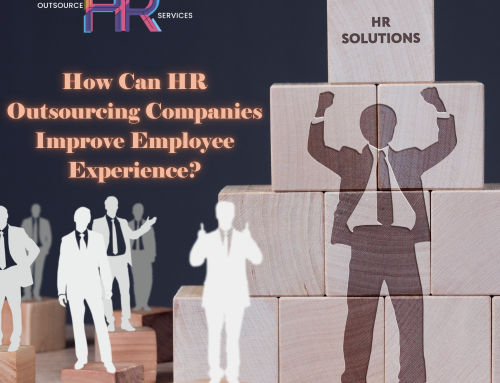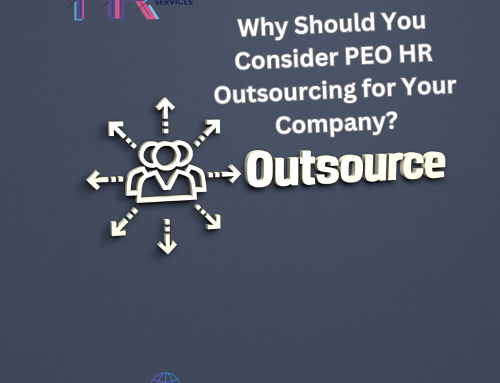
In today’s competitive business environment, finding and retaining top talent is more important than ever. Employee retention and recruitment are two critical components of a company’s growth and success. With the right strategies in place, organizations can attract the best candidates and keep their existing employees engaged and motivated. HR analyst play a crucial role in this process by leveraging data and analytics to inform decisions that optimize both recruitment and retention efforts.
In this blog, we’ll explore how HR analyst can significantly impact employee retention and recruitment by using data-driven strategies, identifying key trends, and providing actionable insights to improve organizational effectiveness.
1. Analyzing Recruitment Metrics
The first step in improving recruitment efforts is identifying what works and what doesn’t. HR analyst use data to analyze various recruitment metrics, such as the time-to-hire, cost-per-hire, source of hire, and candidate quality. By tracking and evaluating these metrics, HR analyst can pinpoint areas where recruitment processes may be inefficient or ineffective.
For example, if an organization is consistently hiring candidates from a particular job board but the quality of those candidates is low, HR analysts can recommend exploring other sourcing channels. By leveraging data to optimize sourcing channels and reduce hiring costs, HR analyst help companies attract high-quality candidates more efficiently.
Additionally, HR analysts can help improve job descriptions and employer branding. By analyzing which job descriptions attract the most qualified applicants, they can fine-tune the messaging to better align with candidates’ expectations and needs. This ensures that the recruitment process is more targeted, streamlined, and effective.
2. Identifying the Right Candidate Fit
Recruitment isn’t just about filling vacancies; it’s about finding the right fit for the organization. HR analysts play a key role in determining what makes an ideal candidate for a particular role by using data from past hires, employee performance, and turnover rates.
Through data analytics, HR analysts can assess the characteristics of top-performing employees—such as education, experience, skill sets, and personality traits—and create predictive models to identify candidates who are most likely to succeed in the organization. These models help companies prioritize candidates who have a higher likelihood of thriving in the company culture and excelling in their roles.
This process is known as predictive analytics, and it helps companies make more informed hiring decisions by reducing the risks associated with bad hires. By using data to guide recruitment, HR analysts increase the chances of attracting candidates who not only meet the job requirements but are also aligned with the company’s values and culture, improving both job satisfaction and employee retention in the long term.
3. Improving Employee Engagement and Retention
Employee retention is just as important as recruitment, and HR analysts play a vital role in improving it. High employee turnover can be costly, affecting morale and disrupting business continuity. HR analysts use data to identify trends and patterns that signal potential retention issues before they become critical.
One way HR analysts help with retention is by conducting employee surveys and analyzing engagement levels. They gather feedback on job satisfaction, company culture, compensation, career development opportunities, and work-life balance. By identifying areas where employees are dissatisfied, HR analysts can recommend changes that improve the work environment, such as better benefits packages, more training opportunities, or improved work flexibility.
Moreover, HR analysts analyze turnover data to identify common factors contributing to employee departures, such as specific departments or positions with higher turnover rates. With this information, HR analysts can help businesses create targeted retention strategies. For example, if a particular department has a high turnover rate, they may suggest changes to management practices, work schedules, or team dynamics to improve employee satisfaction.
Additionally, HR analysts can assess the effectiveness of employee recognition programs. By analyzing retention data, HR analysts can identify trends related to employees who feel valued and appreciated versus those who do not. This allows organizations to develop more personalized and impactful recognition programs that foster a sense of belonging and loyalty among employees.
4. Providing Data-Driven Insights for Career Development
Employees who feel they have opportunities for growth and career advancement are more likely to stay with a company long-term. HR analysts support employee retention by analyzing performance data and identifying skill gaps, helping organizations design more effective training and career development programs.
HR analysts can identify patterns in employee performance data, such as high performers who may not have received sufficient professional development opportunities. By uncovering these insights, HR analysts help organizations create tailored training programs that enhance employee skills and prepare them for future roles within the company.
Moreover, HR analysts can track internal mobility and provide insights into how employees are progressing in their careers within the organization. By assessing the success of internal promotion initiatives and identifying barriers to career growth, HR analysts enable businesses to implement strategies that foster long-term employee engagement and retention.
5. Optimizing Compensation and Benefits Packages
Another critical aspect of both recruitment and retention is compensation. HR analysts use market data to ensure that compensation and benefits packages are competitive within the industry. By comparing salary structures, bonuses, and benefits against industry standards, HR analysts help businesses adjust their offerings to attract top talent and keep existing employees satisfied.
Moreover, HR analysts can identify pay discrepancies or imbalances within the company. If data shows that certain groups of employees are being underpaid or receive fewer benefits, HR analysts can recommend adjustments to ensure fairness and equity. Offering competitive salaries and attractive benefits packages is a crucial element in both attracting new hires and retaining current employees.
6. Reducing Turnover through Exit Interviews and Analysis
When an employee leaves a company, understanding why is key to preventing further turnover. HR analysts play a significant role in gathering and analyzing data from exit interviews. By identifying common reasons for departure—such as dissatisfaction with management, lack of career development, or poor work-life balance—HR analysts can pinpoint areas that need improvement.
This analysis helps organizations take proactive steps to reduce turnover, such as improving management practices, creating better onboarding programs, or enhancing work culture. By systematically addressing the root causes of employee exits, HR analyst contribute directly to reducing turnover rates and improving long-term retention.
7. Leveraging Technology for Continuous Improvement
HR analysts use technology, such as Human Resource Information Systems (HRIS), artificial intelligence (AI), and machine learning, to gather and analyze data in real-time. By leveraging these tools, HR analyst can provide organizations with continuous insights into recruitment and retention efforts. This technology enables more agile decision-making and helps businesses stay ahead of potential issues before they escalate.
Moreover, technology helps streamline HR processes, making recruitment and retention strategies more efficient and cost-effective. Automated systems can provide real-time feedback on employee performance, engagement, and satisfaction, enabling HR teams to make quick adjustments and keep employees happy and engaged.
Conclusion
HR analyst play a crucial role in enhancing employee retention and recruitment efforts. By using data-driven insights and predictive analytics, they help businesses identify the best candidates, optimize hiring processes, and retain top talent. Through careful analysis of employee satisfaction, engagement, compensation, and career development, HR analyst contribute to a more engaged and loyal workforce, ultimately improving organizational success. As businesses continue to rely on data and analytics for decision-making, the role of HR analyst in shaping recruitment and retention strategies will only become more important.
Frequently Ask Questions
Q. How much do HR analyst make in the US?
A. HR analyst in the US earn an average annual salary of $60,000 to $80,000, depending on experience, location, and company size.
Q. Is HR in demand in USA?
A. Yes, HR professionals are in high demand in the USA, especially as companies focus on talent management, employee engagement, and data-driven HR practices.
Q. What does an HR analyst do?
A. An HR analyst collects and analyzes data on recruitment, retention, performance, and compensation to help improve HR processes and workforce efficiency.
Q. How much do HR analyst get paid?
A. HR analyst typically earn between $25 to $40 per hour, with annual salaries ranging from $60,000 to $90,000, depending on expertise and location.
Q. Is HR Analyst in demand?
A. Yes, HR analyst are in high demand as organizations increasingly rely on data-driven insights to enhance workforce strategies and HR decision-making.
Q. What is the highest paid HR job?
A. The highest-paid HR jobs include Chief Human Resources Officer (CHRO), HR Director, and Compensation & Benefits Manager, with salaries exceeding $150,000 annually.




